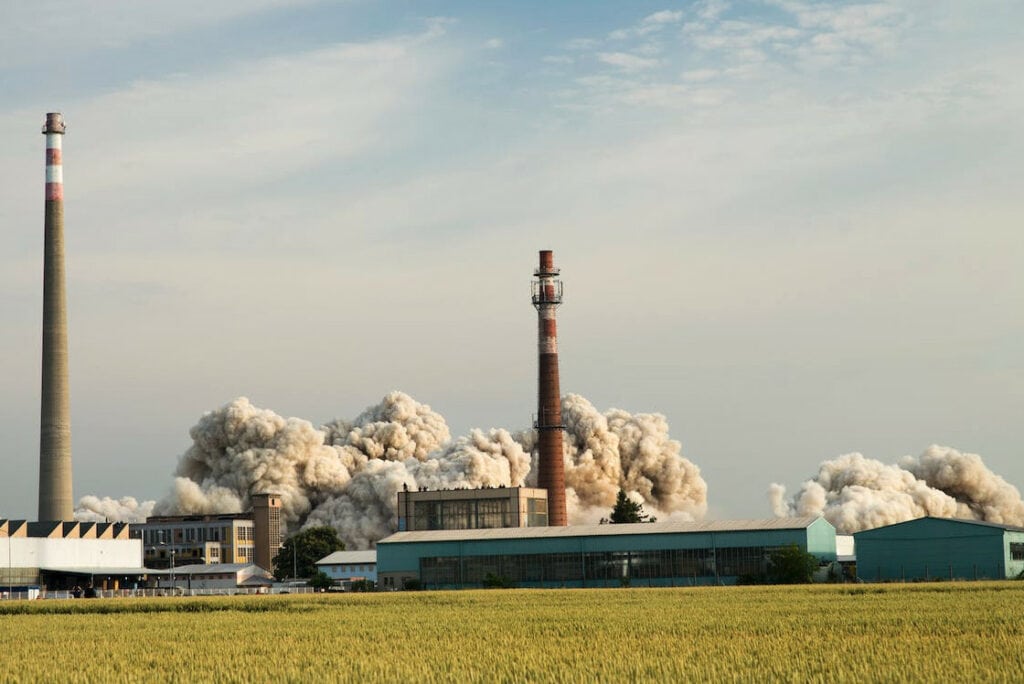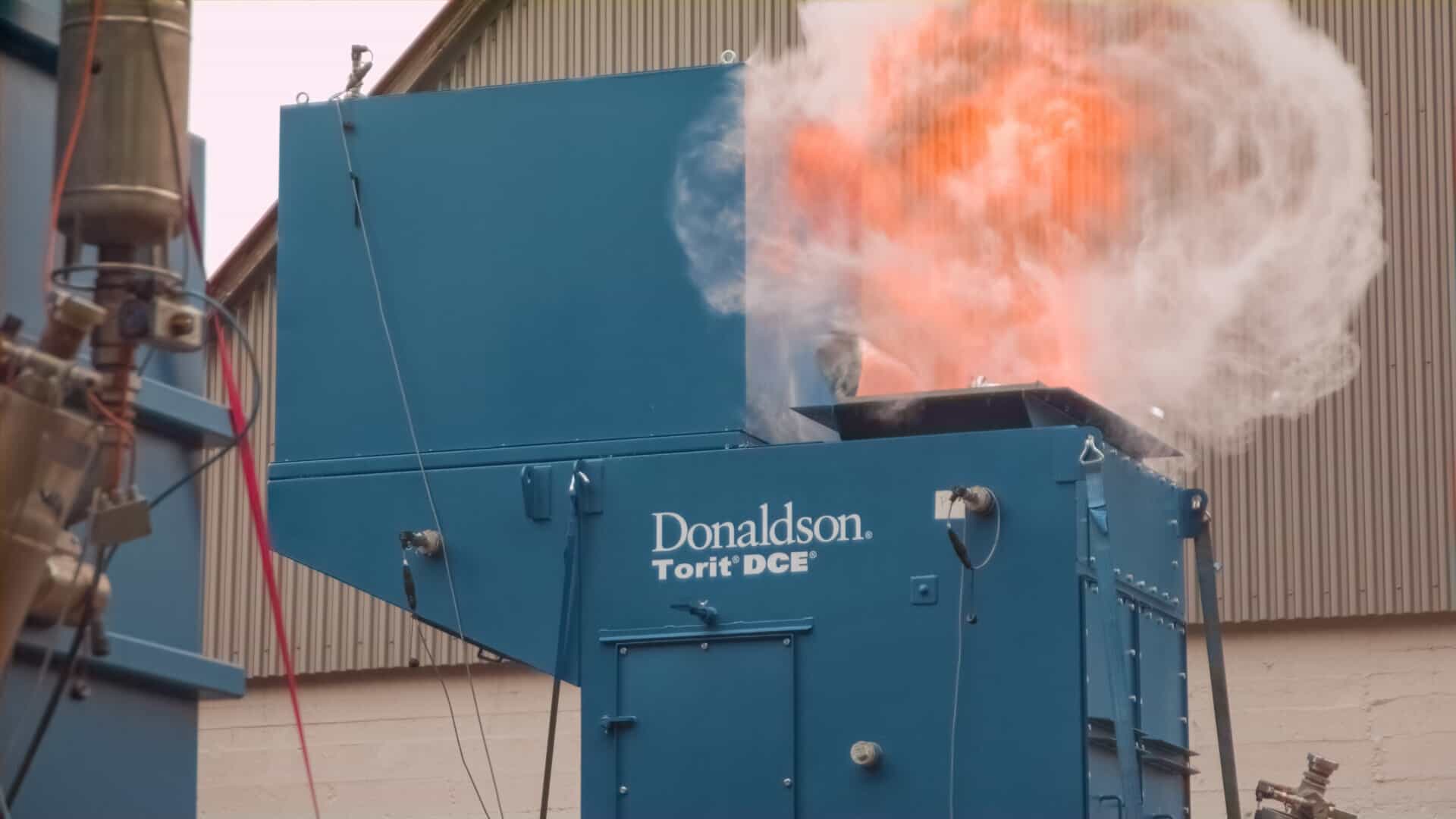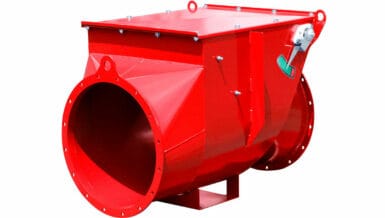Definition of an Explosion
An explosion is a rapid combustion where temperature and pressure sharply rise. Three essential elements are needed for an explosion:
- Ignition source (e.g., flame or spark).
- Combustible material (e.g., gas or powder).
- Oxygen (air).
Explosions result in a pressure wave whose strength varies based on the explosion’s intensity and distance from the point of detonation. The pressure is measured in millibars (mbar), indicating the force applied to 1 cm².
Types of Explosions
Explosions are categorized into two main types: gas and dust explosions.
- Gas Explosions: These occur when a mix of gas and oxygen ignites due to an ignition source.
- Dust Explosions: Dust in powder form, like sawdust or flour, mixes with air and ignites, often due to turbulence or a sudden gust of wind.
Chemical and Physical Explosions
Explosions can be further divided into chemical and physical types.
- Physical Explosions: These result from pressure imbalances, like a bicycle tire bursting due to excessive pressure. Examples include thermal explosions and BLEVE (Boiling Liquid Expanding Vapor Explosion).
- Chemical Explosions: These arise from exothermic chemical reactions, such as decomposition reactions and exothermic combustion reactions. They can further be categorized as deflagrations (slow explosions) or detonations (rapid, destructive explosions).
Causes of Explosions
Explosions have various causes, including ignition sources such as hot work (e.g., welding), pressurizing objects, working near explosive substances, switching objects on or off, and cleaning containers.
Consequences of Explosions
Explosions typically result in injuries, fatalities, and extensive damage. Preventing unintentional explosions is crucial, and using ATEX equipment, designed to eliminate ignition sources, is essential.
Explosive Atmospheres
Explosive atmospheres, classified as ATEX Zones under the European directive, pose explosion risks and are subject to regulations. Using explosion proof equipment is a primary obligation in ATEX Zones.

Explosion Prevention
Minimizing the risk of explosions involves:
- Preventing Explosive Atmospheres: Replace flammable substances with non-flammable ones and use ventilation (in certain cases only, as ventilation can also create dust explosion hazards).
- Avoiding Ignition Sources: Utilize explosion proof equipment to prevent ignition in explosive atmospheres.
- Applying Explosion Protection: Implement safety measures like rupture discs or dust filters in hazardous areas.
In conclusion, understanding explosions, their causes, and preventive measures is crucial for safety. Explosions can have severe consequences, but with the right precautions, many can be avoided.
For more information on safety, ATEX, or related topics, explore our other blogs on www.cobic-ex.com














